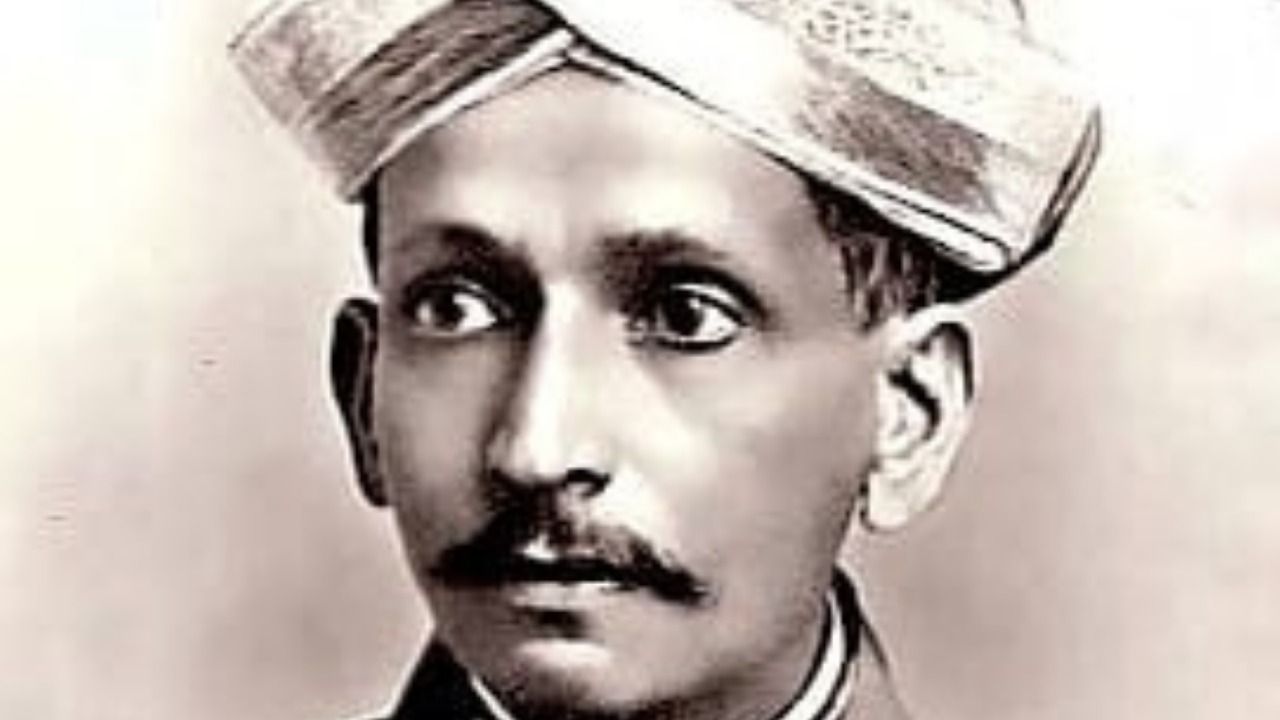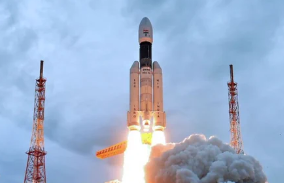Every year since 1968, September 15 is observed as Engineer’s Day in India. This day honours Bharat Ratna Mokshagundam Visvesvaraya.
A civil engineer, M Visvesvaraya led several path breaking projects in India including the Krishna Raja Sagara dam in the north-west suburb of Mysuru (Mysore) city and a drainage system to protect Hyderabad from flooding. The country acknowledges all the engineers who have and are contributing to the development of India on M Visvesvaraya’s birth anniversary.
Also read: JEE Main 2021 result out: Here’s how to check NTA score, AIR, cut-off
Prime Minister Narendra Modi took to Twitter Wednesday to pay his tribute to Sir M Visvesvaraya.
“Engineers are synonymous with diligence and determination. Human progress would be incomplete without their innovative zeal. Greetings on #EngineersDay and best wishes to all hardworking engineers. Tributes to the exemplary engineer Sir M. Visvesvaraya on his birth anniversary,” PM Modi’s tweet read.
“Tributes to one of India’s foremost engineers Bharat Ratna M. Visvesvaraya on his birth anniversary. His contribution is a great source of inspiration for all. Also, greetings to all the hardworking engineers on #EngineersDay. Your role in nation building is indispensable,” Union Minister Piyush Goyal tweeted.
Also read: JEE Mains: 44 candidates score 100 percentile, says Education Ministry
Who was M Visvesvaraya?
Born in a village near Chikkaballapur, Karnataka in 1861, Sir M Visvesvaraya studied Bachelor of Arts at Madras University. He pursued civil engineering from Pune’s College of Science. He established the Government Engineering College, now known as Bengaluru’s University Visvesvaraya College of Engineering in 1917.
He was an assistant engineer with the Public Works Department of Bombay, and later was invited to join the Indian Irrigation Commission. Sir M Visvesvaraya implemented an intricate system of irrigation in the Deccan Plateau and designed and patented a system of automatic weir water floodgates that were first installed in 1903 at Khadakvasla Reservoir near Pune. In 1906–1907, the Government of India sent him to Aden to study water supply and drainage systems. The project prepared by him was implemented in Aden successfully.
Also Read: Two Indians in top 50 finalists for Global Teacher Prize
The automatic barrier water floodgates were designed and patented by Sir M Visvesvaraya in 1903.
Sir M Visvesvaraya received the Bharat Ratna in 1955 and was also conferred the British knighthood. He served as Diwan of Mysore from 1912 to 1918.







